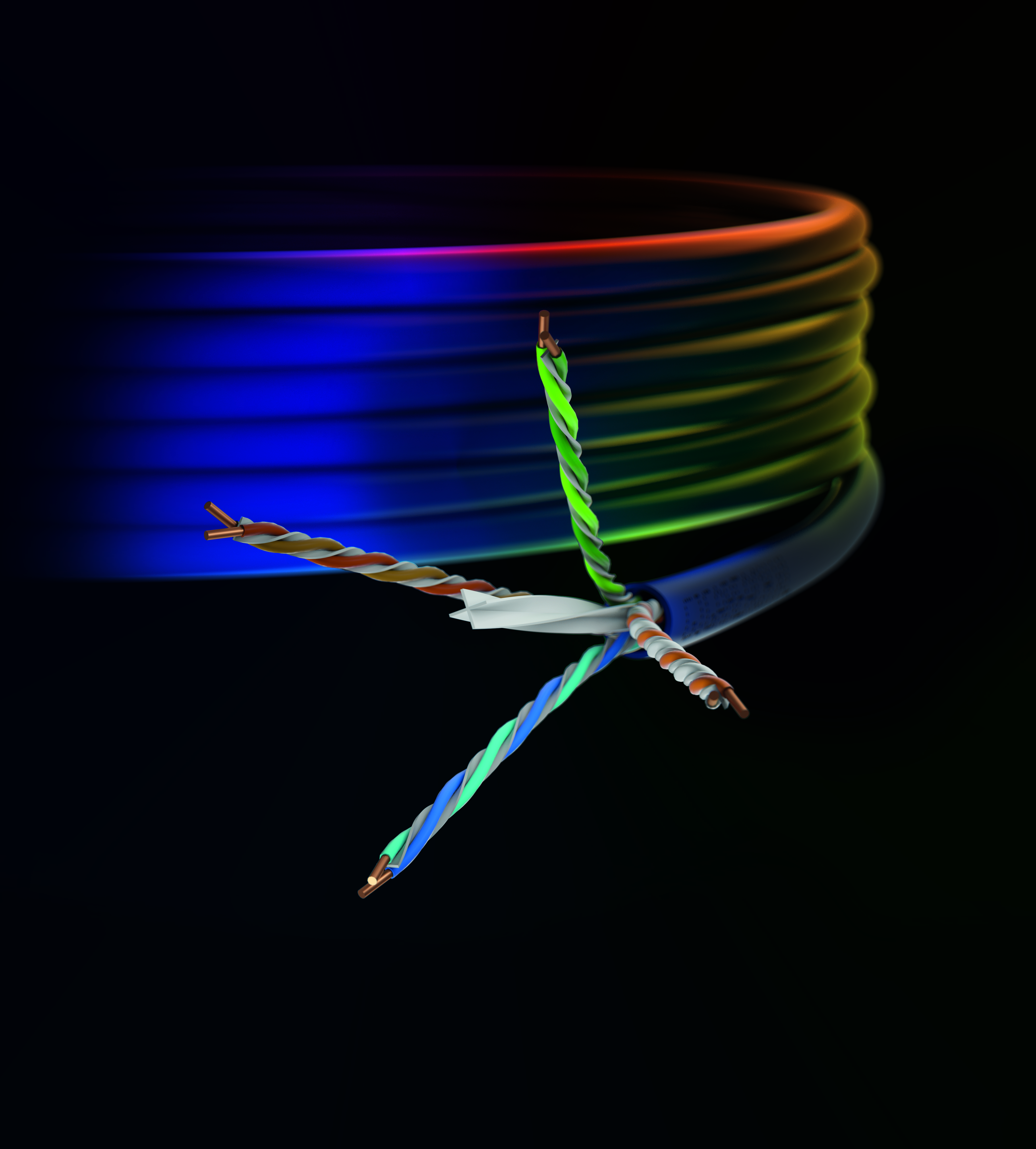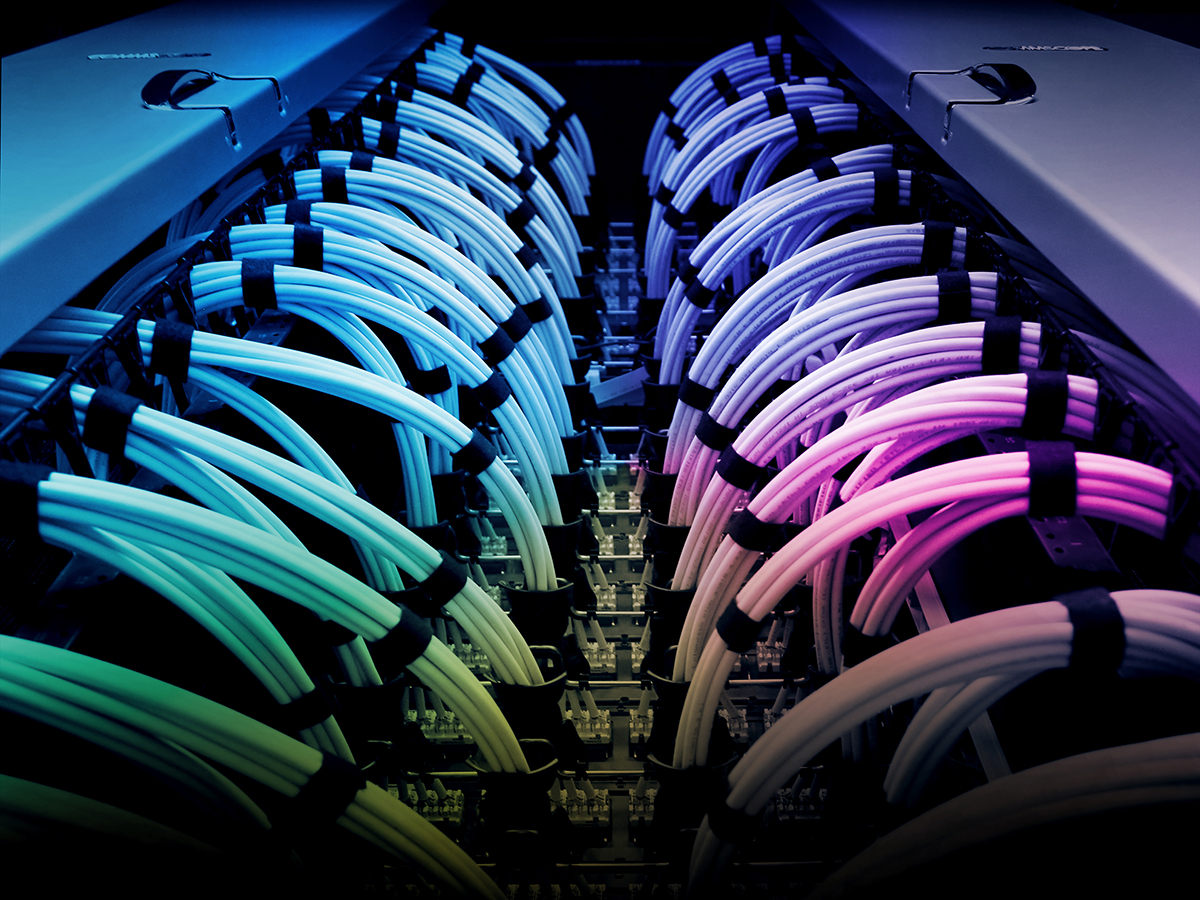When it comes to next-generation technologies, Wi-Fi 7 is blazing a trail, serving up a decade’s worth of new functions, features, and capabilities for the evolving home network. With faster broadband speeds to the home, Wi-Fi 7 will more efficiently and more reliably deliver these extremely high speeds around the home with significantly reduced delay (latency).
Wi-Fi 7 is well-equipped to make full use of the huge increase in wireless capacity made available in the newly unleashed 6 gigahertz (GHz) band. This large addition of radio resource was first used with Wi-Fi 6E, but when used with Wi-Fi 7, it provides the ultimate Wi-Fi experience.
As digital demands increase year over year, Wi-Fi 7 will deliver reliable, predictable wireless connectivity for upcoming innovations like 8K/16K video streaming, augmented reality (AR)/virtual reality (VR) developments, smart home connectivity, low-latency gaming, home health systems, remote work and more.
For solution providers, the benefits are clear. However, as with any evolution of technology and its related jargon, it can be a challenge to articulate these benefits to consumers. CommScope Home Networks has put together a breakdown of some of the key features of Wi-Fi 7 to help solution providers answer the age-old customer question of, “What’s in it for me?”
Wi-Fi 7: Setting a new standard, built on previous generations
To fully understand the opportunities ahead, we will take a closer look at the capabilities and features of Wi-Fi 7 and what makes it so revolutionary compared to previous Wi-Fi generations. In some ways, Wi-Fi 7 is a culmination of Wi-Fi 6, Wi-Fi 6E, and new capabilities that maximize the available radio resources. The radio waves Wi-Fi® uses operate in a range of frequencies (spectrum) measured in megahertz (MHz) or gigahertz (GHz). Wi-Fi can make use of three available bands: 2.4 GHz, 5 GHz, and the new 6 GHz. But how does Wi-Fi 7 manage to elevate performance while theoretically using the same frequencies as existing Wi-Fi standards? There are three key elements in play here, as outlined below.
1. 320 MHz channel width
Channel width is the amount of radio spectrum that can be used to communicate with an individual device, which determines the maximum speed that can be achieved. Wi-Fi 7 can use up to 320 MHz—twice the size of Wi-Fi 6’s widest 160 MHz channel. To really understand why this is so significant, it’s important to take a closer look at the bands that support these channels. The spectrum in the 2.4 GHz band is limited and can host channels up to 40 MHz each. The 5 GHz band offers the ability to combine channels to create a 160 MHz channel. This is where the 6 GHz band comes into its own, being able to support the wider 320MHz channels of Wi-Fi 7.
So, what does this new 320 MHz wide channel mean in practice?
- Higher data rates: One of the most significant advantages is the potential for much higher Wi-Fi data rates. This is especially important as the demand for bandwidth-intensive applications and services continues to grow.
- Reduced latency: With a wider channel, data can also be transmitted and received faster, reducing latency. This is critical to applications like online gaming, streaming, and video conferencing, where low latency is essential to the user experience.
2. Higher quadrature amplitude modulation (QAM) at 4k QAM
All Wi-Fi technologies use radio waves to transmit data via a wireless broadcaster (a wireless access point such as a home router/gateway) to a receiver (a Wi-Fi client device) like a smartphone, tablet, laptop, set-top, etc. QAM is a method that enables manipulation of the radio wave to embed and transmit more data, or bits, into each cycle of the wave. The higher the QAM, the more information that can be transmitted for a given amount of radio resource, resulting in increased throughput.
The Wi-Fi 7 standard delivers 4k QAM, providing about 20 percent more throughput than Wi-Fi6/6E at 1k QAM, significantly upping the possible data load for optimized performance. 4k QAM can be used alongside other lower QAM schemes with the ability to adapt to changing channel conditions by switching between modulation levels, depending on the quality of the channel (amount of interference). This flexibility helps make the most efficient use of available resources.
4K QAM achieves higher data rates without significantly increasing the use of the available radio resources (spectrum). Improved spectral efficiency maximizes the utilization of the available frequency bands, especially in situations where there is high demand.
- The magic of multi-link operation (MLO)
MLO is a process that allows for aggregation of the multiple frequency bands used by Wi-Fi (2.4, 5, and 6 GHz bands). Previous generations of Wi-Fi could only use one band at a time. With Wi-Fi 7 MLO, a wireless connection between an access point (home router/gateway) and a compatible Wi-Fi 7 client device (e.g., smartphone, tablet, laptop, etc.) can simultaneously use the 2.4 GHz, 5 GHz, and 6GHz bands, significantly improving overall speeds while greatly reducing latency.
In the event that one band becomes congested or experiences interference, MLO intelligently and seamlessly maintains the connection on the other bands, minimizing service interruptions and improving network reliability.
The result of MLO is better network performance, enhanced reliability, and an overall exceptional user experience.
Summary of features & benefits
- Enhanced user experience: Wi-Fi 7 offers a smoother, more responsive user experience, especially in crowded or high-traffic areas. Users can enjoy faster download and upload speeds, reduced latency, and overall improved performance.
- Higher data rates: One of the most significant advantages is the potential for much higher Wi-Fi data rates. This is especially important as the demand for bandwidth-intensive applications and services continues to grow.
- Increased capacity: Improved efficiency in the use of spectrum and the use of the ultra-wide 6 GHz band means more capacity on the Wi-Fi network, a capability that is becoming more essential to the home network as more people and devices connect to more demanding applications and services like streaming, gaming, AR/VR, Internet of Things (IoT) and more. Spectrum puncturing enables even better use of spectrum by combining available spectrum to increase bandwidth when Wi-Fi is congested. This increased capacity can reduce network congestion and improve overall performance.
- Reduced latency: Data can also be transmitted and received faster, and together with features introduced with Wi-Fi 6, reduces delay (latency). This is critical to applications like online gaming, streaming, and video conferencing, where low latency is essential to the user experience.
|
|
Wi-Fi 7 feature |
|||
|
|
320MHz channels |
4K QAM |
MLO |
6 GHz band |
|
Faster speeds |
Y (if 6GHz available) |
Y |
Y |
Y |
|
More reliable connections |
|
|
Y |
Y |
|
Lower Latency |
Y |
Y |
Y |
Y |
|
More capacity |
|
Y |
|
Y |
It is important to note that to take advantage of Wi-Fi 7 features, both the access point and the client device itself must be Wi-Fi 7 compatible to achieve this.
A Wi-Fi superhighway
The following term may be familiar: “information superhighway.” By using a similar analogy, we can imagine Wi-Fi 7 as its own superhighway of the future, designed to transport data at incredible speeds and efficiency.
The available frequency spectrum for Wi-Fi communication, including the 2.4 GHz, 5 GHz, and 6 GHz bands, can be considered as three roads of differing widths. The 6 GHz band is new and much wider than the others (roads).
Each band (road) is then divided into multiple channels (lanes). The lanes can be grouped together to form wider channels which can carry wider trucks (more data). Wi-Fi 7 introduces ultra-wide 320 MHz channels. In relation to the highway, the 320 MHz channel can be considered as a lane that is twice the width of the largest 160 MHz channel of Wi-Fi 6—supporting significantly wider vehicles carrying more data. Only the 6 GHz band (road) is wide enough to accommodate such double lanes.
There is another dimension to Wi-Fi that is referenced above—QAM. The higher the QAM, the more information that can be transmitted at any given time. In our highway analogy, we can consider it as taller trucks that can carry more data in a single trip while using the same amount of space (spectrum) on the highway. Wi-Fi 7 supports 4k QAM, compared to the 1K QAM of Wi-Fi 6. But taller trucks are more susceptible to crosswinds, so in our analogy, if interference/noise on the airwaves reaches a certain level, it is best to resort back to a lower QAM (smaller trucks).
Wi-Fi 7 also supports Multi-Link Operation (MLO). With previous generations of Wi-Fi, a device would choose which band (road) to use for delivery, 2.4 GHz, or 5 GHz. MLO is like being able to send a delivery in multiple trucks down all the available roads at the same time. This allows for not only faster speeds, but more reliable communication, as traffic will still get through even if there is congestion/interference on one of the roads (bands). This technology benefits ‘dual-band’ devices that can use 2.4 GHz and 5 GHz, but more so for "tri-band" devices that can also utilize 6 GHz.
This makes it the most cutting-edge technology for wireless communication to date, delivering faster and more reliable connections for our ever-increasing data needs.
CommScope Home Networks leads the way in Wi-Fi 7
As an industry leader in all things home networking, CommScope Home Networks is wasting no time breaking into the Wi-Fi 7 space with a new retail product. With hardware and software being carefully engineered to support all our customers, service providers can reach out to CommScope Home Networks to collaborate on delivering a Wi-Fi 7 solution that meets your customers’ needs.
© 2023 CommScope, Inc. All rights reserved. CommScope and the CommScope logo are registered trademarks of CommScope and/or its affiliates in the U.S. and other countries. For additional trademark information see https://www.commscope.com/trademarks. Wi-Fi, Wi-Fi 6, Wi-Fi 6E and Wi-Fi 7 are trademarks of the Wi-Fi Alliance. All product names, trademarks and registered trademarks are property of their respective owners.










